New H.266/VVC codec uses half the data than HEVC(H.255)to stream 4K video
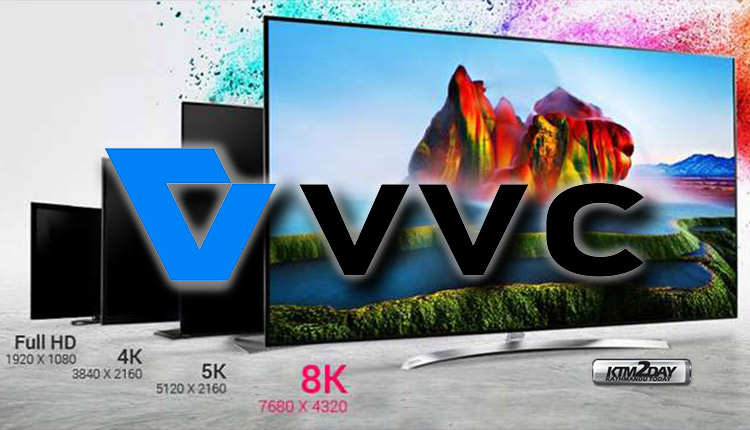

After devoting several years to its research and standardization, Fraunhofer HHI (together with partners from industry including Apple, Ericsson, Intel, Huawei, Microsoft, Qualcomm, and Sony) is celebrating the release and official adoption of the new global video coding standard H.266/Versatile Video Coding (VVC).
This new standard offers improved compression, which reduces data requirements by around 50% of the bit rate relative to the previous standard H.265/High Efficiency Video Coding (HEVC) without compromising visual quality.
In other words, H.266/VVC offers faster video transmission for equal perceptual quality. Overall, H.266/VVC provides efficient transmission and storage of all video resolutions from SD to HD up to 4K and 8K, while supporting high dynamic range video and omnidirectional 360° video.

Today, compressed video data make up 80% of global Internet traffic. H.266/VVC represents the pinnacle of (at least) four generations of international standards for video coding. The previous standards H.264/Advanced Video Coding (AVC) and H.265/HEVC, which were produced with substantial contributions from Fraunhofer HHI, remain active in more than 10 billion end devices, processing over 90% of the total global volume of video bits.
Through a reduction of data requirements, H.266/VVC makes video transmission in mobile networks (where data capacity is limited) more efficient. For instance, the previous standard H.265/HEVC requires ca. 10 gigabytes of data to transmit a 90-min UHD video. With this new technology, only 5 gigabytes of data are required to achieve the same quality. Because H.266/VVC was developed with ultra-high-resolution video content in mind, the new standard is particularly beneficial when streaming 4K or 8K videos on a flat screen TV. Furthermore, H.266/VVC is ideal for all types of moving images: from high-resolution 360° video panoramas to screen sharing contents.
The new chips required for the use of H.266/VVC, such as those in mobile devices, are currently being designed. Dr. Thomas Schierl, head of the Video Coding and Analytics department at Fraunhofer HHI, announced “this autumn Fraunhofer HHI will publish the first software (for both encoder and decoder) to support H.266/VVC.”



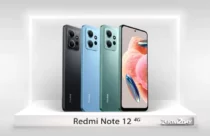

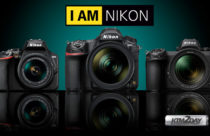


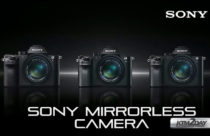

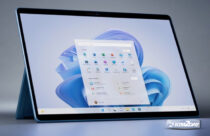

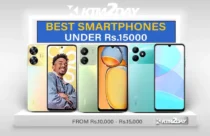

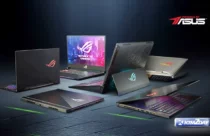
![Yamaha Scooter Price in Nepal [Price Update] Yamaha Scooters Price Nepal](https://www.ktm2day.com/wp-content/uploads/2022/12/Yamaha-Scooters-Price-Nepal-210x136.jpg)